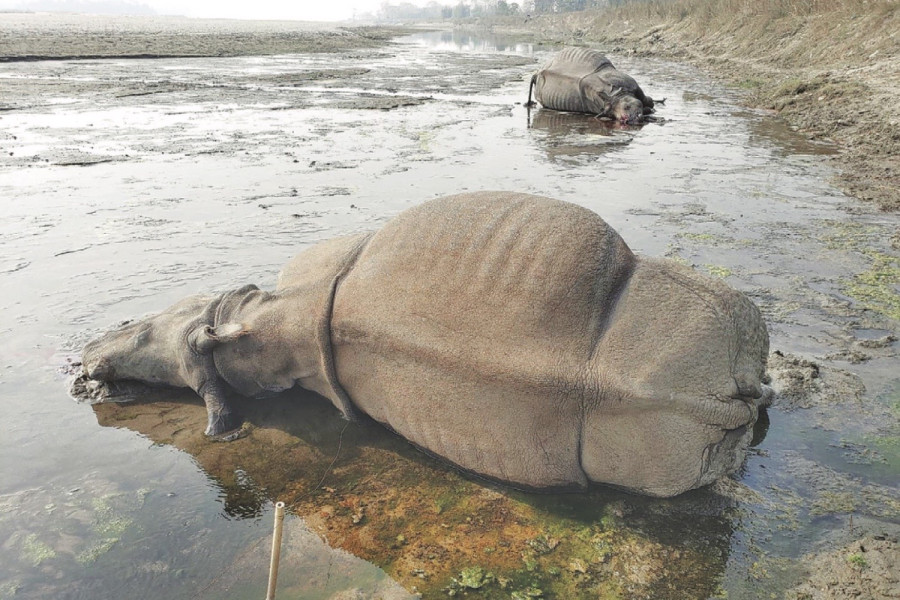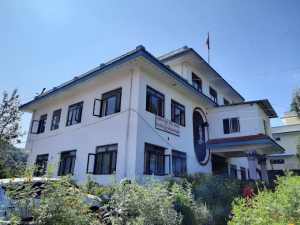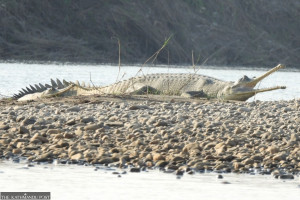Bagmati Province
Electrocution new security threat in rhino conservation
Electrocution of pachyderms was hardly reported in the past, but a recent incident shows that it has emerged as a tactic for poaching.
Ramesh Kumar Paudel
The Department of National Parks and Wildlife Conservation has launched an investigation into the electrocution of two rhinoceros in Chitwan National Park.
Two rhinos, a female of around 14 years and a male calf of about four years, were found dead in the Amaltari sector of East Nawalparasi on January 20. The dead bodies were left behind on the bank of the Narayani river. Postmortem report confirmed that both the rhinos died of electric shock, according to Ganesh Prasad Tiwari, the information officer at Chitwan National Park.
Five days after the incident, the department formed a six-member probe team to investigate the case and devise security strategies to avert such incidents in future.
On Monday, the team held discussions with national park officials and officials of Nepal Army deployed for park security, Deputy Director General Ajaya Karki, who leads the probe, said. They also met with the chairman of the buffer zone development committee, consumers’ committee chairman and community-based units working against poaching and inquired about the incident, Karki said.
The team also visited the incident site on Tuesday.
The horn of the calf was intact but that of the adult female rhino was severed away, Karki said. This has led conservationists to conclude that poachers killed the rhinos and whisked away a horn.
Karki said that poachers possibly connected live wires from a temple around 200 metres from the incident site to electrocute the rhinos.
That the incident happened on a major grazing trail of the rhinos has had conservationists worried. “The incident of January 20 showed that the poachers could use any method to poach rhinos,” said Maheshwar Dhakal, the department’s director general. “It highlights the security challenges in wildlife conservation.”
Dhakal added the probe team will study the incident and submit its report within a month. “We will formulate security strategies on the basis of the findings of the study team,” he said.
Electrocution of rhinos for poaching was hardly reported in the past. The only such incident reported in the last two decades was in 2005 at Jagatpur community forest in Chitwan.
“The incident shows that poachers are using new techniques to kill rhinos,” said Kamal Jung Kunwar, the former chief conservation officer of Chitwan National Park. “They used to trap rhinos by digging pits. Later, they began to use spears and muskets. Poachers now use automatic rifles. Electrocuting has emerged as another way to poach the rhino.”
The one-horned rhino is an endangered wildlife species. According to the latest census held two years ago, the population of one-horned rhino stands at 752 in the country. Chitwan is home to 694 rhinos, an increase of 89 since the last census in 2015. The number of rhinos fell sharply in the 1950s and 60s but started to rebound after the establishment of the Chitwan National Park, the country’s oldest national park, in 1973.




 10.12°C Kathmandu
10.12°C Kathmandu1.jpg)











%20(1).jpg&w=300&height=200)

